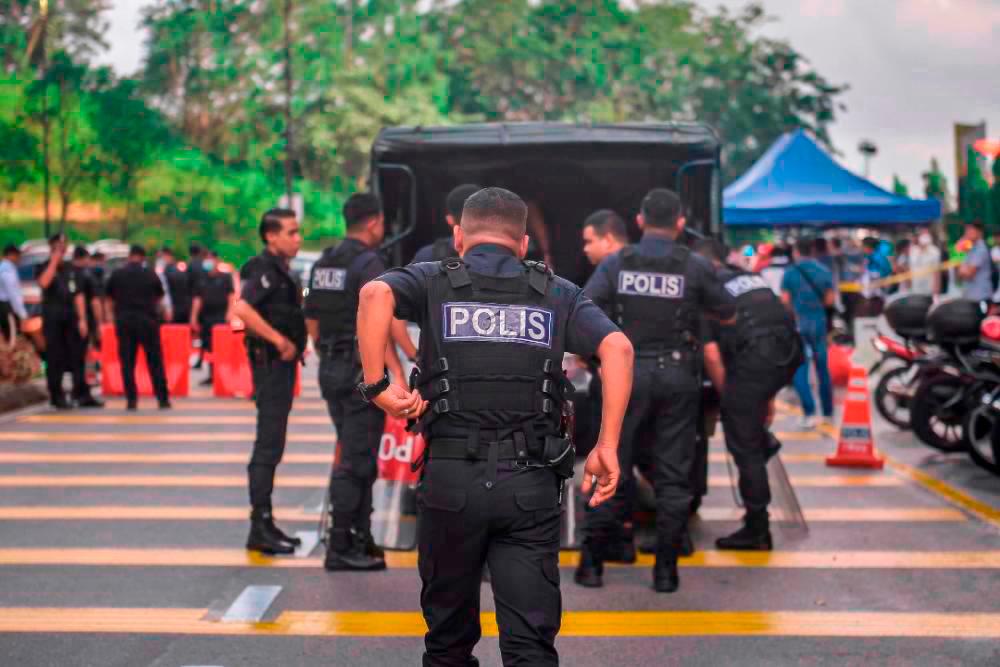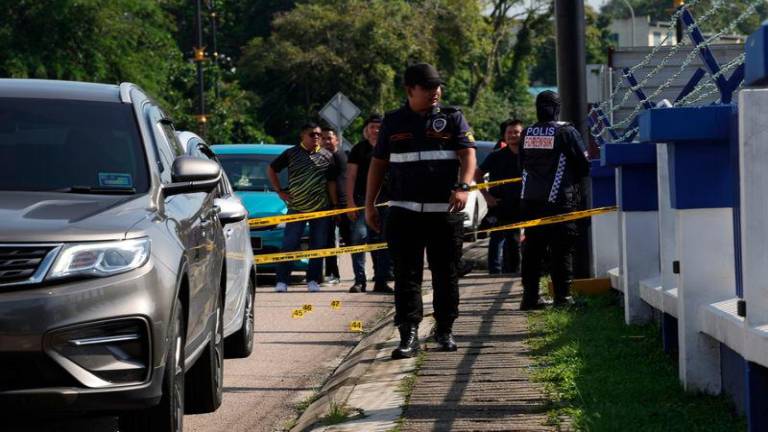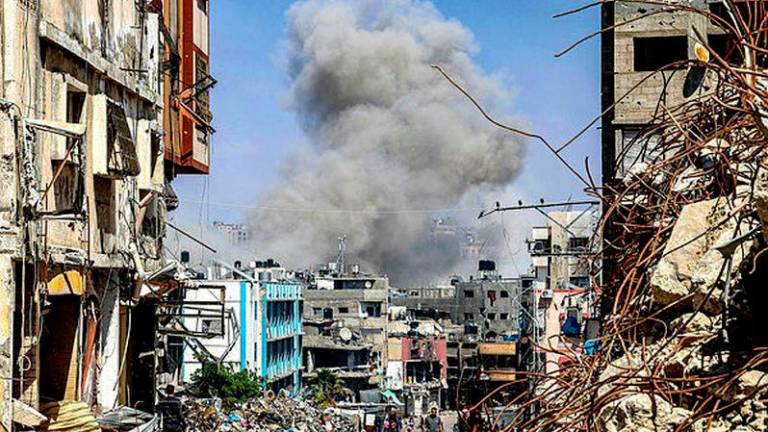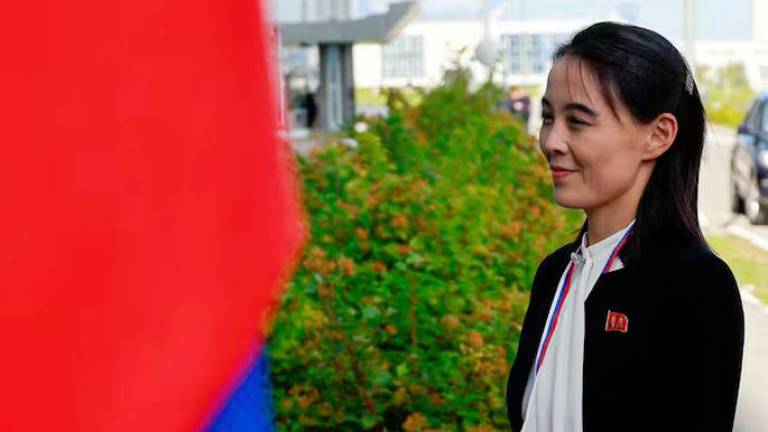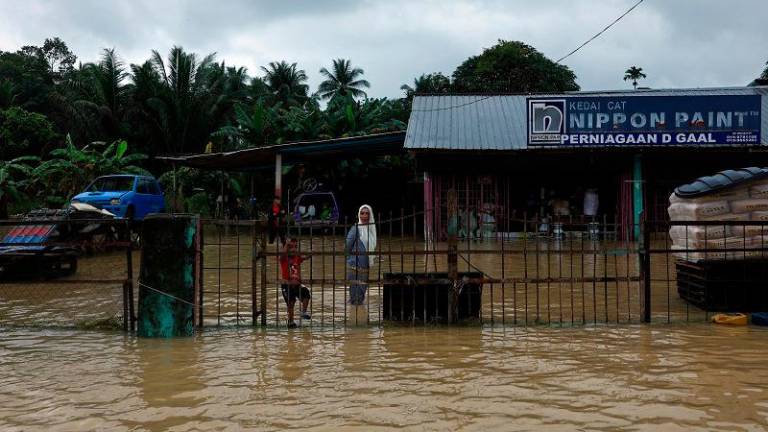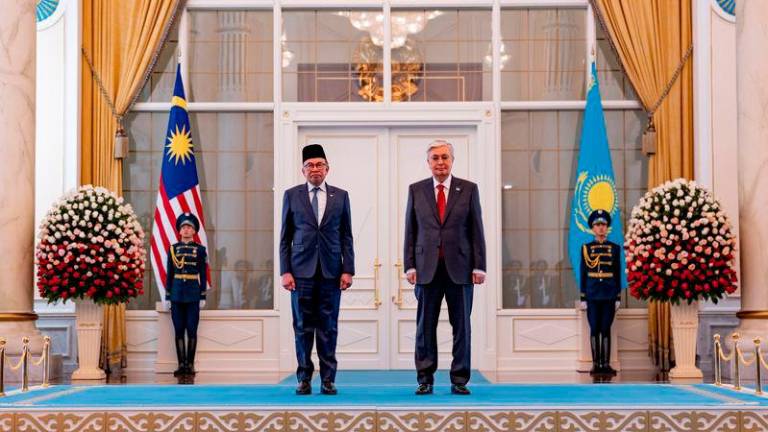THE purpose of providing uniforms to enforcement officers is for easy identification, ensuring that the public complies with their directives while they carry out their duties. These officers may serve in various capacities, including the police, customs, immigration, city halls, municipal councils and road transport departments.
Otherwise, there will be many civilians in plain clothes impersonating law enforcement officers and attempting to extort bribes from targeted victims, seize their possessions, or issue demands, which may result in abduction or detainment of women and children.
Occasionally, criminals have obtained and worn police uniforms to carry out criminal activities. Sadly, there have also been instances of crimes committed by uniformed enforcement personnel. Today, scammers are everywhere, operating in various domains, from cyberspace to the streets and highways.
If someone in civilian attire were to signal for me to stop while I am driving, I would not necessarily comply. I may consider it if it is a woman in distress, but I will also be cautious, mindful that she could be a decoy with potential accomplices nearby or a vehicle trailing behind mine.
Having honed this skill over 10 years of driving taxis, I never experienced a robbery. Frequently, I observed other taxis stopping to pick up a lone woman, only to witness three additional men suddenly boarding the taxi.
On April 16, three Road Transport Department (RTD) officers stopped an express bus on the North-South expressway heading towards Nilai. The altercation between one of the officers and the driver was recorded and the video went viral.
The driver was adamant that he was stopped without reason and the officers were not in uniform or wearing RTD vests, resulting in both parties lodging a police report. Earlier, the driver feared the plainclothes enforcement officers could be robbers.
Later, RTD confirmed the three officers who stopped the express bus were undercover enforcement officers and added that they were allowed to do so but must present their enforcement card under Section 123 (1) of the Road Transport Act 1987 (Act 333).
But how would members of the public be able to verify the authenticity of an authority card they have never seen before and could easily be forged?
Law enforcement agencies must realise that their officers are often seen in a bad light by the public, made worse by those trying to stamp their authority when acting like a bully or simply being overzealous in carrying out their actions. Over the past decade, undercover RTD officers frequently posed as passengers in express buses, especially during festive seasons to catch drivers committing traffic violations. I find such actions done in bad faith.
This brings to mind the numerous proposals I made back in 2003 to deploy video camera crews at designated highways and traffic lights. Their role would be to capture offenses such as speeding well beyond the limit, running red lights and encroaching into yellow boxes or crossing the white line at traffic signals.
The camera crews are meant to wear bright uniforms to ensure high visibility to motorists and motorcyclists, thereby deterring them from committing traffic offenses. They should not conceal themselves behind pillars or bushes, waiting for offences to occur before catching the perpetrators in the act.
In such a scenario, most motorists would likely adhere to traffic rules, much like they would if they noticed a police patrol car trailing behind or leading ahead of them. Only a small group of persistent offenders would disregard the regulations, and their violations would be captured and later result in a traffic offence notification.
Instead of deterring express bus drivers from speeding or driving dangerously by waiting for them to do so, undercover RTD officers would put their lives and also all other passengers in danger. Although an established practice over the past decades, it was a silly thing to do.
Likewise, closed-circuit television (CCTV) cameras should not be hidden for the sole purpose of capturing offences during the act. Together with dummy cameras, they can effectively be used to deter crime. Enforcement agencies should prioritise prevention and operate in good faith.
One reason for the low street crimes in many cities around the world is the use of CCTV cameras, with or without facial recognition. There are many in Kuala Lumpur but most law-abiding people are not aware of them as they do not take the trouble to look out for them.
Similarly, the RTD could enhance its efficiency by using technology instead of assigning one enforcement officer to each express bus. By doing so, the need for 2,000 officers to monitor 2,000 express buses can be eliminated, which is highly inefficient.
Just as how a tour bus driver and passengers may become frustrated if halted by enforcement officers while en route to the airport, express bus drivers can lose their concentration if stopped unexpectedly.



